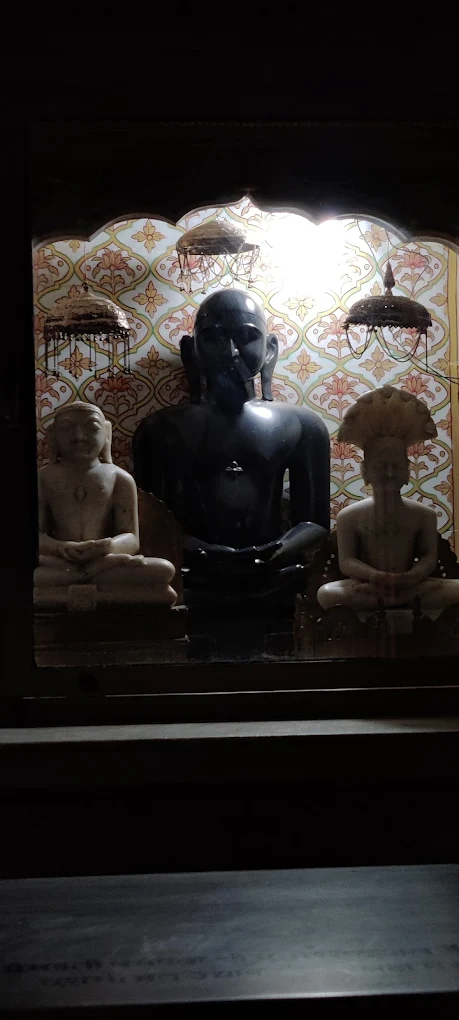Introduction: Discovering Fafotu’s Jain Legacy
Many spiritual seekers and heritage enthusiasts often overlook the lesser-known Jain temples nestled in Uttar Pradesh’s countryside. For those yearning to explore Jainism’s rich history beyond the popular sites, the Jain temples of Fafotu offer a unique and enriching experience. This article delves into the temples’ history, architecture, and significance, providing insights for both devotees and cultural explorers.
Historical Significance of Fafotu’s Jain Temples
Fafotu, a village in the Etah district of Uttar Pradesh, is renowned as the birthplace of Acharya Sanmati Sagar Maharaj, a revered figure in Jainism. The village is home to the ancient Parshwanath Digambar Jain Temple, which has been a significant center for Jain worship and culture for centuries. The temple’s enduring presence reflects the devotion of the Jain community and the architectural prowess of the era.
Architectural Features of Fafotu’s Jain Temples
The Jain temples in Fafotu showcase traditional Jain architectural elements:
- Parshwanath Digambar Jain Temple: This temple houses the idol of Tirthankar Parshwanath in Kayotsarga posture as the main deity. The temple’s walls are adorned with intricate carvings and sculptures that exemplify the artistry of the time. The sanctum houses a majestic idol of Lord Parshwanath, radiating serenity and devotion.
- Shanti Jinayatan Sanmati Dham: Currently under construction, this grand temple complex is being built using Nagar-style stone architecture. The complex will feature 21-foot-tall idols of Tirthankaras Kunthunath and Aranath, a 100-foot-wide, 136-foot-long, and 91-foot-high temple supported by 136 intricately carved stone pillars. The complex will also include a sermon hall, dining area, beautiful gardens, a Gurukul, and a trauma center, making it a significant center for spiritual learning and community service.
Religious and Cultural Importance
The Jain temples of Fafotu are more than just places of worship; they are cultural hubs for the local Jain community. These temples host various festivals and rituals that foster a sense of unity and spiritual growth among devotees. The presence of idols representing all 24 Tirthankaras emphasizes the comprehensive nature of Jain philosophy.
Visiting Fafotu’s Jain Temples
Location: Fafotu, Etah District, Uttar Pradesh, India
Accessibility:
- Fafotu is located approximately 10 kilometers from the Etah district headquarters.
- The village is accessible via local roads connecting to major towns in the district.
- Private buses and cars can easily reach the village.
Best Time to Visit:
- During Jain festivals or annual temple celebrations for an immersive cultural experience.
Conclusion
The Jain temples of Fafotu offer a serene and spiritually enriching experience, reflecting the profound heritage of Jainism in Uttar Pradesh. Their unique architecture and historical significance provide a distinctive insight into Jain art and devotion. Whether you’re a devout follower or a cultural enthusiast, a visit to these temples promises a meaningful journey into India’s diverse spiritual landscape.
These temples are not just structures; they are reminders of our roots, our peace, and our spiritual strength. If you ever get a chance, do visit. Even if you have never read a book about Jainism, your heart will understand the calm and truth these places offer.
